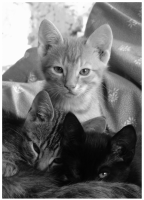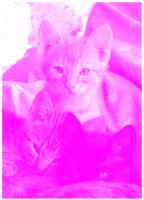- Thread starter
- #11
- Joined
- May 29, 2007
- Messages
- 3,000
- Reaction score
- 1,729
- Points
- 333
- Location
- Ghent, Belgium
- Printer Model
- SC-900 ET-8550 WF-7840 TS705
Hi Martin,
I think it is due to the Inkowl profile. I have optimized that profile and normally the result are pretty good and quite neutral, but I think due to the dark area's so much ink has be laid down to get the right tone, causing clipping.
You will need a very sensitive scale to to weight up to 0,01 gram to get it really right. Yes ABW K6 ink set has been calculated by me.
Again: QTR is necessary to pull out the full potential of this ink set, but as you can see: even without it the results are really good indeed .
.
I think it is due to the Inkowl profile. I have optimized that profile and normally the result are pretty good and quite neutral, but I think due to the dark area's so much ink has be laid down to get the right tone, causing clipping.
You will need a very sensitive scale to to weight up to 0,01 gram to get it really right. Yes ABW K6 ink set has been calculated by me.
Again: QTR is necessary to pull out the full potential of this ink set, but as you can see: even without it the results are really good indeed




